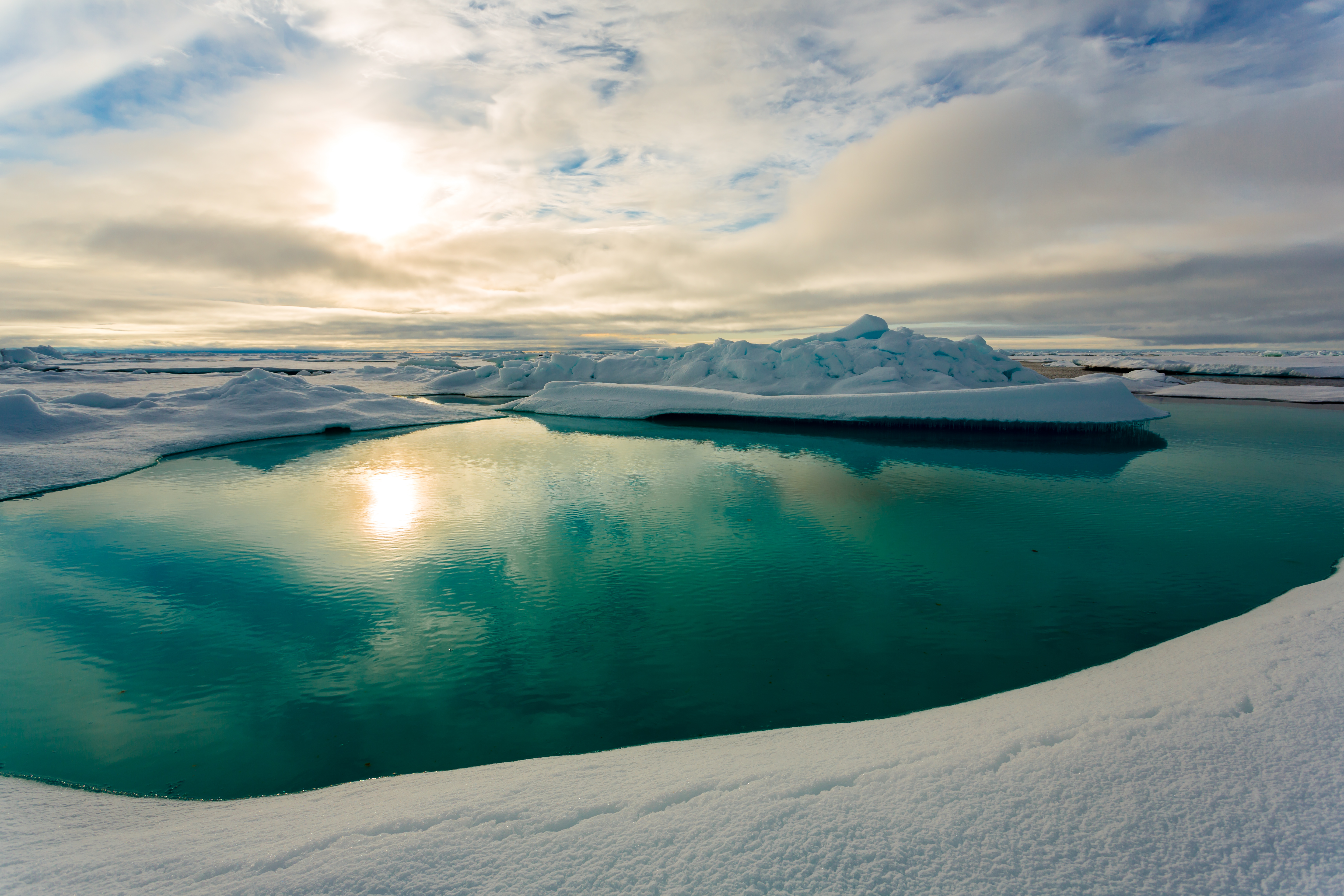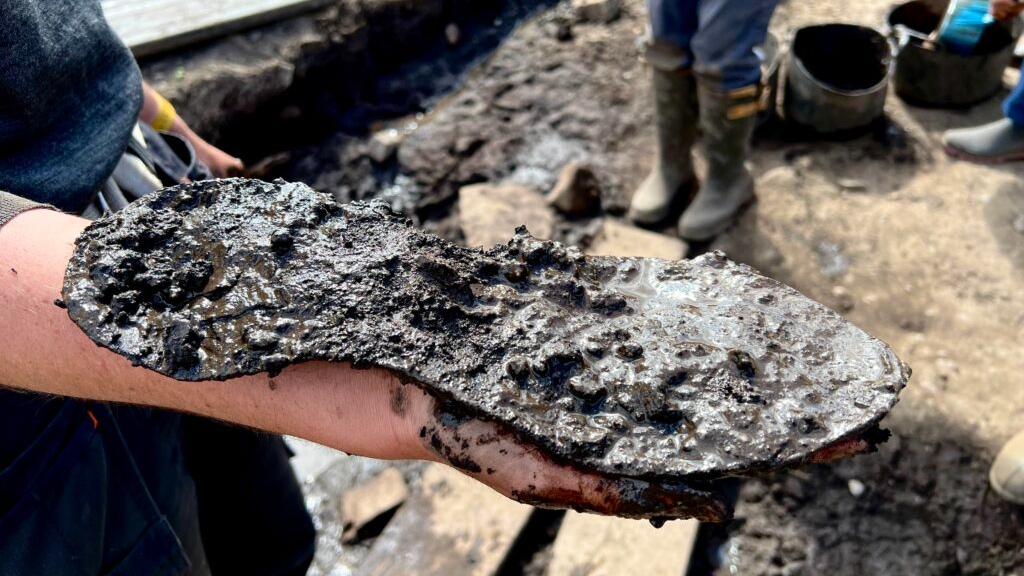
Why Arctic Sea Ice Melts So Quickly

During the Arctic spring and summer, ponds of freshwater appear on the melting ice, dotting the landscape with a dazzling range of blues.
Despite their beauty, these melt ponds are a harbinger of climate change in the Arctic, according to a new study by researchers at the Alfred Wegener Institute in Germany. The pools form more easily on young ice, and young ice now accounts for more than 50 percent of the Arctic sea ice cover. The ponds also absorb more of the sun's heat, helping ice melt faster, the study finds.
To test the effect of the melt ponds on sea ice, scientists from the institute traveled to the Arctic aboard the research ice breaker RV Polarstern during the summer of 2011. They analyzed how far the sun's rays penetrated the ice with a remotely operated underwater vehicle equipped with radiation sensors and cameras.
Thinner ice, more melt ponds
Arctic sea ice has become distinctly thinner and younger in the past decade, the researchers said in a statement. The amount of 3-foot-thick (1 meter), multiyear ice, which lasts through seasonal melts, is declining.
This older ice has a rough surface, created by the constant motion from currents and collisions. Far fewer and smaller ponds appear on this uneven surface, though they were considerably deeper than the flat ponds on the younger ice, the researchers found.
But almost half of the thin, year-old ice floes are extensively covered with melt ponds, the researchers discovered.
Sign up for the Live Science daily newsletter now
Get the world’s most fascinating discoveries delivered straight to your inbox.
"The decisive aspect here is the smoother surface of this young ice, permitting the melt water to spread over large areas and form a network of many individual melt ponds," Marcel Nicolaus, a sea ice physicist and melt pond expert at the Alfred Wegener Institute, said in the statement.Young, thin ice with many melt ponds allowed three times as much light to pass through than older ice, Nicolaus said. It also absorbed 50 percent more solar radiation, which causes more melting and means the thin ice reflected less of the sun's rays than thick ice.
"The ice melts from inside out to a certain extent," Nicolaus said in the statement.
Harbinger of future changes
The research team is now investigating how additional sunlight will affect organisms that live on and beneath the Arctic ice, such as algae that clings to the ice floes.
"We assume that in the future, climate change will permit more sunlight to reach the Arctic Ocean — and particularly also that part of the ocean which is still covered by sea ice in summer," Nicolaus said. "The sea ice will become more porous, more sunlight will penetrate the ice floes and more heat will be absorbed by the ice. This is a development which will further accelerate the melting of the entire sea ice area," Nicolaus said.
The study appeared online Dec. 29 in the journal Geophysical Research Letters.
Reach Becky Oskin at boskin@techmedianetwork.com. Follow her on Twitter @beckyoskin. Follow OurAmazingPlanet on Twitter @OAPlanet. We're also on Facebook and Google+.

